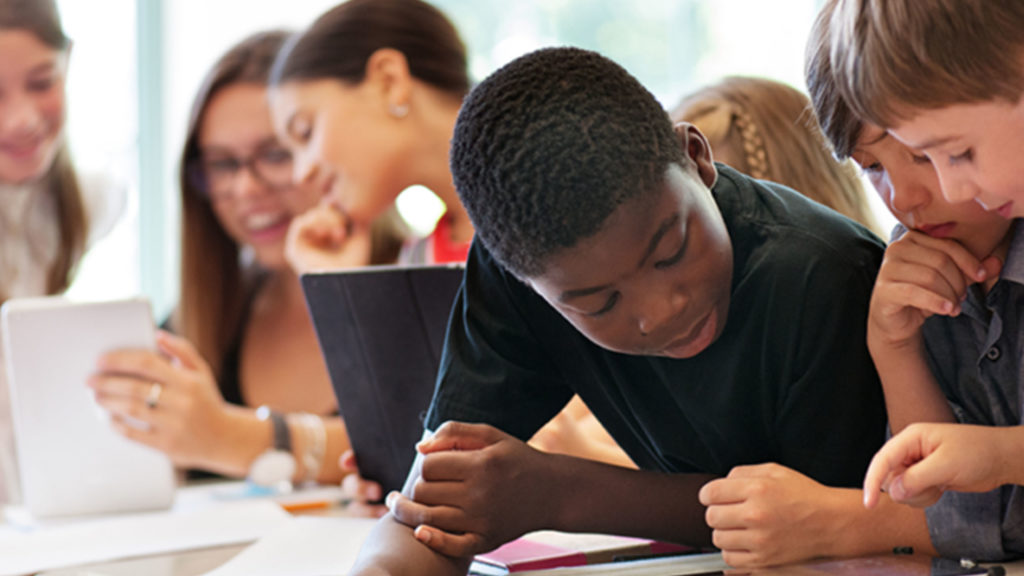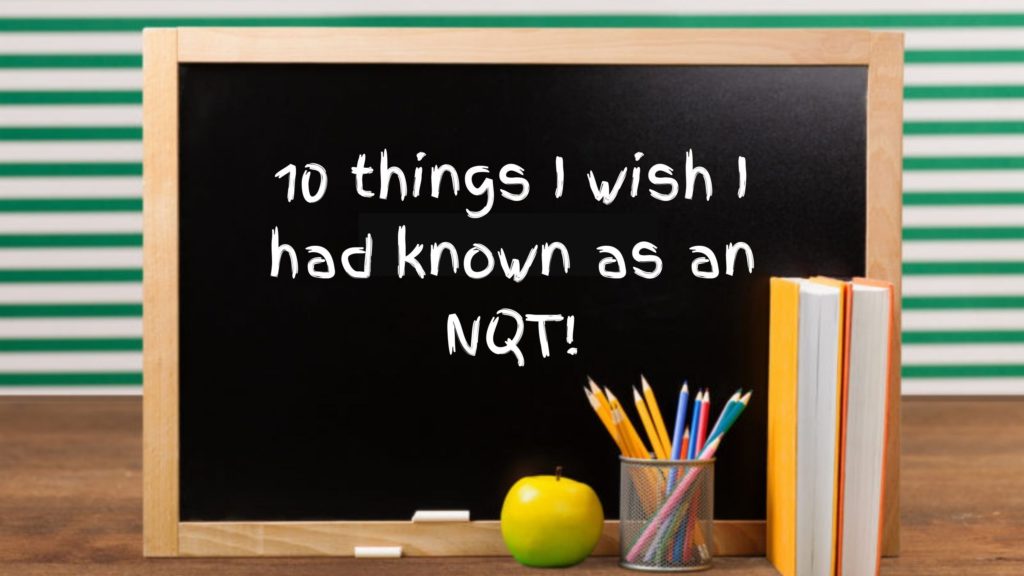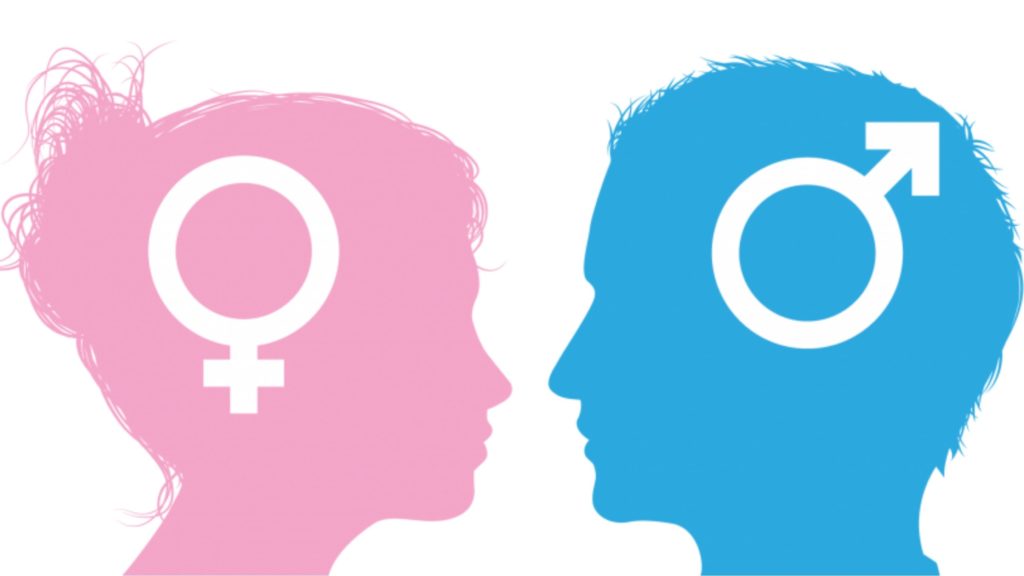But I’m not black

Teaching Black History can be tricky for both new and experienced teachers. Here are some frank do’s and don’ts from a Black British mentor who has witnessed what works and what doesn’t for both student and teacher.
In multicultural cities, many teachers are used to the idea of having to address Black history in October, or have they?
As a female mentor of Jamaican heritage, born and raised in Hertfordshire, digging deep into my family, Jamaican and wider history of immigrants in this country, was essential to my self-esteem, sense of purpose and ultimately my mental health.
Now as a consultant youth mentor, working across hundreds of London schools, academies, pupil referral units and training providers, I have a few top tips on how teachers can get around what many see as a headache subject.

The thing is, both Black and non-Black students, teachers and parents ‘need’ to be aware of non-European history and how ‘others’ conquered the world and contributed hugely to the society we live in today.
“Without this knowledge, we create generations of young people who feel inferior, alienated and up against a ‘system’ that has no room for them.”
On the flip side, it also gives a reason for supremacist views (I have mentored hundreds of young supremacists) who will continue to see ‘others’ as freeloaders, instead of invaluable contributors to civilisation, and the society they now benefit from.
Have you ever heard the term ‘beside every successful man is a women’, well try to also remember that beside every successful brand, product, service, institution, structure, innovation or technological advance is a Black person? Easy-peasy right?
My challenge for you is to find Black people, who are hidden away from the mainstream and to embed them into your lesson. And your ultimate aim? To change the trajectory of all your students’ futures. Who knows, your lessons may influence leaders and executives who simply ‘get’ that diversity is the norm. That the world is better off with everyone represented at the table of decision making.
And to help you on your journey as a born educator, here are my top tips for delivering Black History Month successfully.
Do;
- Make a bona fide effort to observe Black History Month.
- Find areas within Black history that genuinely interest you.
- Embed Black history and the history of immigrants into your lessons for the remaining 11 months of the year.
- Surprise your class with the plethora of Black history available within your subject area.
- Engage your class in the research and delivery style of Black history in your subject area.
- Focus first on UK Black history.
- Get the experts in.
- Remember that Black history is world history.
- Remember to get parents with relevant knowledge involved.
- Remember that due to an array of issues, some Black parents do not know about Black history.
- Remember that all history starts with the family first.
- Remember that every student in your class will have a Black relative somewhere in their family tree.
- Become aware of the role epigenetic inheritance and post-traumatic stress plays on students and their parent’s sensitivities to Black History Month.
- Do reflect on (and if need be work on correcting) your conscious or unconscious bias to ‘Black people and Black history’, regardless of where you are from.

Don’t;
- Ignore Black History Month
- Focus solely on Malcolm, Martin or Luther
- Focus solely on musicians or sportsmen and women
- Focus on the USA as the only means to access Black history
- Teach what you do not care about
- Single out students to help support the lesson, because they are Black
- Make Black History Month a small matter
- Stop embedding Black History in November, December, January, February… (I think you get my point)
- Address slavery without focussing on the strengths your Black student’s foreparents had to develop during their enslavement, after all, we did survive!
- In fact, if you are not trained and competent in teaching transatlantic slavery and the slave trade, don’t teach it at all, get the experts in.
- Make the students feel uncomfortable or embarrassed by any of the content you share during a lesson.
The first Black History Month event in the UK was held on the 1st October 1987 and took place due to a collective effort, alongside the London Strategic Policy Unit. This collective effort continues, from me as a mentor to you and your colleagues as teachers.
Let’s not forget the initial aims of Black History Month to promote knowledge of Black history, culture and heritage, to disseminate information on positive Black contributions to British Society, with the hope of heightening Black students’ confidence by the awareness of their cultural heritage.
Even if you’re not Black, as educators, shouldn’t this also be your hope?








Responses